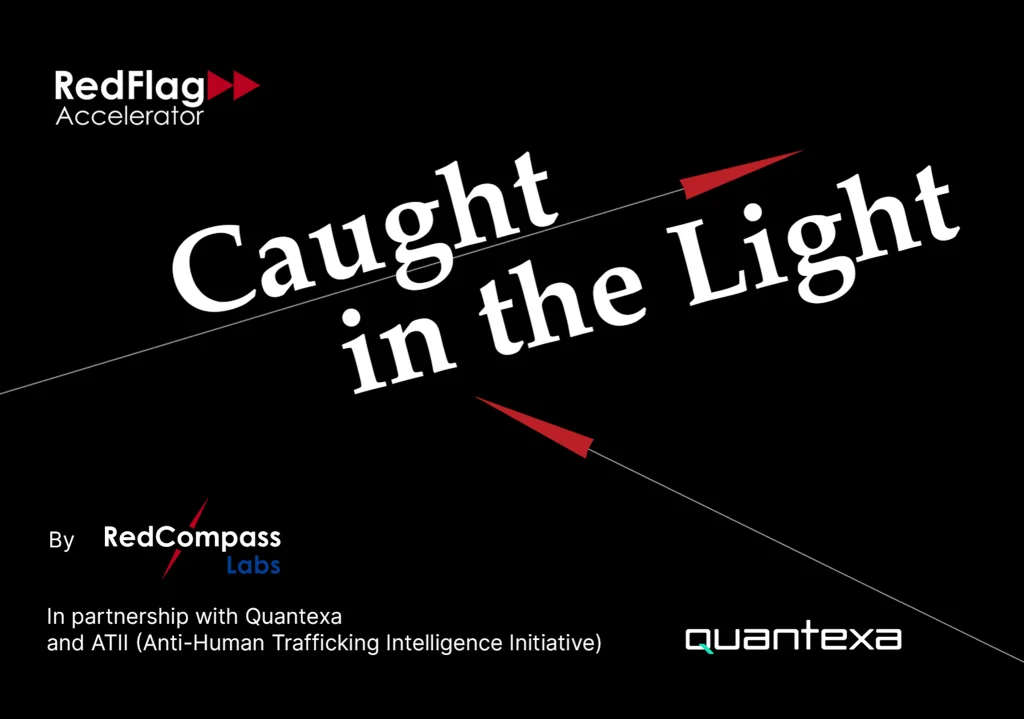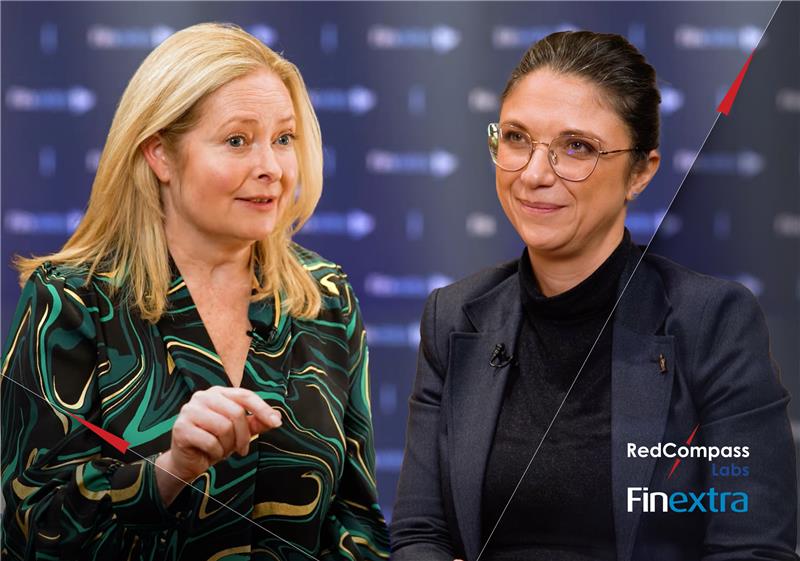Immediate Cross-Border Payments: what it is, why now, and what should banks do about it
On 11th October, EBA CLEARING, SWIFT and The Clearing House (TCH) announced the completion of a proof of concept (PoC) that successfully demonstrated the ability to exchange real-time messages across the Atlantic between seven ground-breaking innovative banks. Far from being a unique initiative, the PoC is yet another example of how interoperability is becoming THE key element of the future of payments. But what does this mean for banks, and are they ready for it?
What is the IXB?
Let’s start from the beginning. What is the IXB? The acronym stands for Immediate Cross-Border Payments, and it indicates the initiative promoted by EBA CLEARING and The Clearing House in liaison with Swift to accelerate and enhance cross-border payments. The initiative involved 11 banks that contributed to the design. Seven of those – Bank of America, BBVA Group, Citi, HSBC, Intesa Sanpaolo Bank, J.P. Morgan and PNC Bank – participated in the proof of concept.
The aim of IXB is to create a 24/7 USD-EUR payments corridor. To this end, the initiative will:
- Leverage the existing instant RTP clearing schemes in the United States and RT1 In Europe.
- Convert real-time messages between both systems.
- Introduce the concept of synchronised settlement. In other words, conditionally settle the payment in the originator system until the final settlement is in the destination system. At this point, the instruction in the first system will go from conditionally settled to final settlement.
Is this initiative unique? Not entirely. Interoperability seems to be THE new global mantra. In fact, the word “interoperable” was probably the most used term during SIBOS 2021. This is unsurprising considering that enhancing cross-border payments, making them faster, cheaper, more transparent and more inclusive, without compromising their safety and security, was an objective set by the G20 under the Saudi Arabian presidency. Lately, however, we have seen a global acceleration in the delivery of this objective and that of the focus areas* set by the Financial Stability Board (FSB) and the related roadmap. But why did this acceleration happen?
The pressure is mounting on cross-border payments: now is the time
The acceleration started in April 2021 when the Monetary Authority of Singapore and the Bank of Thailand revealed the new link between Singapore’s PayNow and Thailand’s PromptPay. By connecting the two domestic real-time retail payment systems, customers could transfer funds between the two countries with just the beneficiary’s phone number for the first time ever.
But that’s not all. Since then, we have seen other initiatives developing around the globe:
- P27, the real-time pan-Nordic payment infrastructure for domestic and cross-border payments scheduled to go live in 2022, is progressing at full speed.
- The African Export-Import Bank (Afreximbank) and the African Continental Free Trade Area (AfCFTA) announced the operational rollout of the Pan-African Payment and Settlement System (PAPSS). This revolutionary Financial Market Infrastructure enables instant, cross-border payments in local currencies between African markets.
- Singapore has communicated plans to link PayNow with India’s Unified Payments Interface (UPI), replicating the experience with Thailand’s PromptPay
The list of regional payments initiatives is actually much longer, and IXB can now be part of it too. It’s worth mentioning that the IXB is completely aligned with the FSB’s goals mentioned earlier, particularly from a platform design perspective. Once implemented, its design will allow the experimented model to be easily extended to other currencies too.
What does this mean for banks?
This story shows that it’s all the more critical for banks to have a strong end-to-end payments infrastructure that can do four things:
- Perform real-time sanction checks.
- Be flexible enough to collect extra data required by the newly linked payment system.
- Seamlessly connect to potential foreign exchange rate marketplaces.
- Improve liquidity management, considering that the instant payments involved within these interoperable initiatives are all pre-funded and that innovative settlement methods such as synchronised settlement add another layer of complexity.
With the unprecedented pace and complexity of new regulations – for example, ISO 20022, changed customer behaviours where they constantly expect additional innovative services and switch banks if their expectations are not met, and now the interoperable initiatives emerging everywhere – banks are under increasing pressure to modernise their payment systems and make them more open and agile.
However, modernising a payment infrastructure is easier said than done, particularly for incumbent banks. Often the end-to-end payment flows contain redundancies, while natural employee turnover makes it harder for banks to retain the institutional memory of exactly why the system is designed in a particular way. That provokes extreme caution from decision-makers when it comes to implementing changes to the architecture.
At RedCompass Labs, in order to help our clients recover these forgotten business requirements that shape the system, we have combined our team’s expertise with our unique technology that analyses millions of anonymised production payments. This allows us to model the target system faster and increase readiness to go live while significantly limiting the risk of overlooked requirements that could cause a severe production incident. If you want to know more, please don’t hesitate to contact us.
Share this post
Written by

RedCompass Labs
Resources





